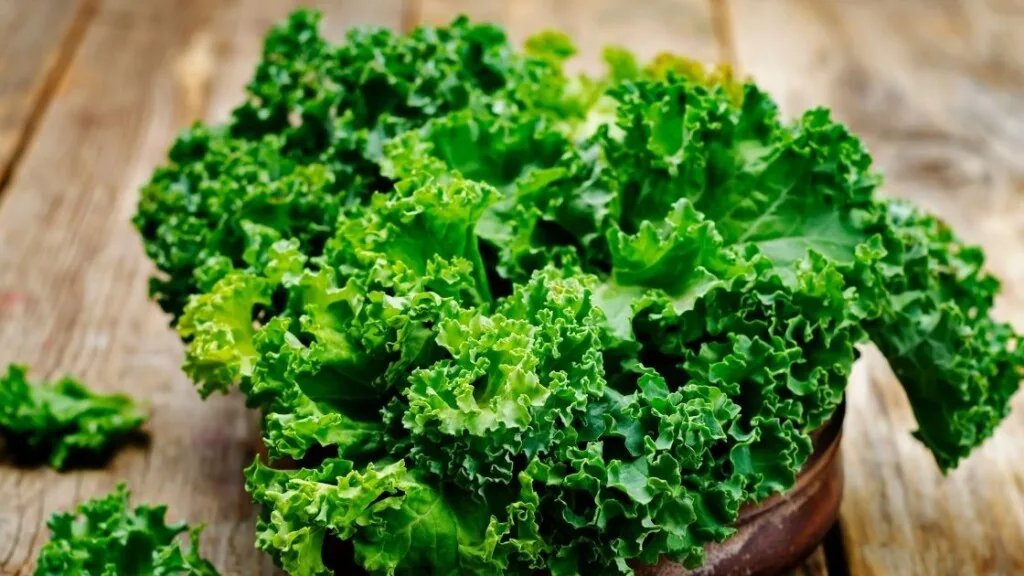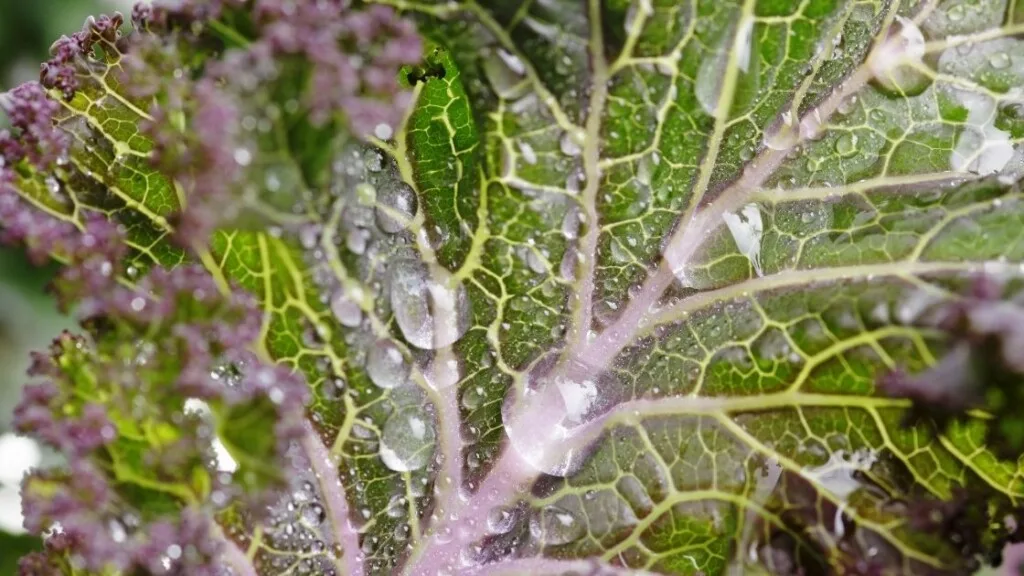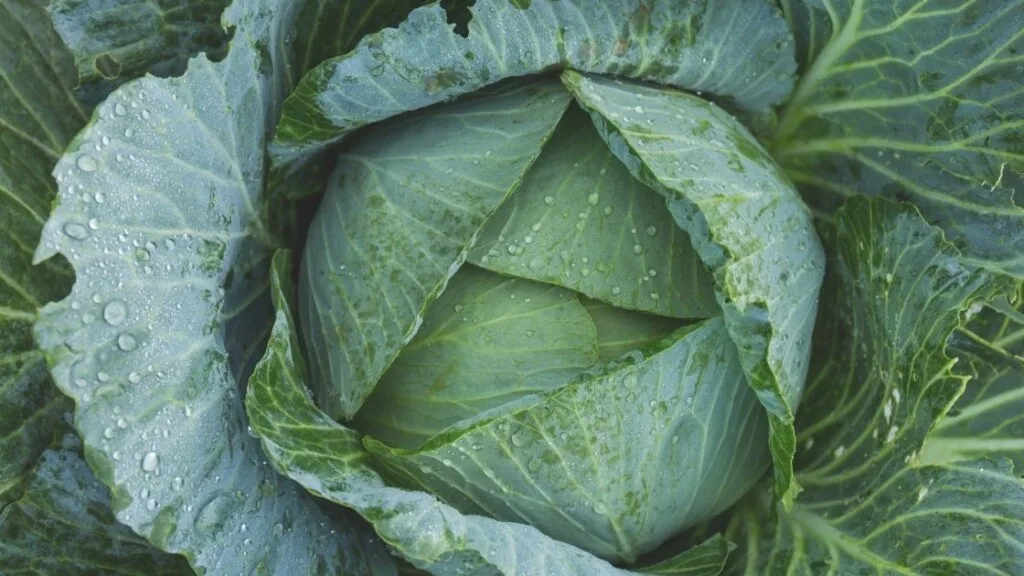
Most people just think of kale as that one green vegetable that’s packed with nutritional value, as it’s often the staple of many a diet or nutritional program – or fad!
And while that is definitely true, there are actually a number of different kale varieties to choose from.
Each has its own unique flavor and texture, so it’s worth experimenting with different types to see which ones you like best.
Here are five of our favorite leafy green kale varieties to try.
Table of Contents
Kale Green

Kale has been a part of the human diet for centuries. It’s an ancient member in our family tree, sharing roots with broccoli and cauliflower but not just those two vegetables!
Kale’s other ancestors include Brussels sprouts, cabbage (such as Chinese co RL Ike), kohlrabi, etc.
All members from what we call “Brassica” which includes foods like mustard greens or collard greens.
Health Benefits

Kale has been called a superfood for its numerous health benefits, including high levels of vitamin A and calcium.
1- This leafy green also contains iron which makes it an excellent choice if you’re looking to supplement your diet with more plant-based sources!
If cooked correctly (don’t overdo it), kale will not shrink much when eaten raw or boiled; however, this means there’s less chewing time involved so make sure nothing else takes priority during the cooking time such as adding sauces/sauces, etc.
2- Kale, like other leafy greens such as spinach and collard greens, is very high in antioxidants.
Antioxidants help combat oxidative damage from free radicals which can lead to cancer. However, some common flavonoids found within kale also serve an important role beyond fighting off bad cells: they guard healthy ones by repairing DNA structure or helping prevent inflammation!
3- Vitamin C is an important water-soluble antioxidant that serves many vital functions in the body’s cells. For example, it’s necessary for the synthesis of collagen – one of our most abundant structural proteins!
One cup (or perhaps even less!) kale contains 4 times as much vitamin C than a whole orange which means you can get all your needed daily values just by eating this leafy green vegetable.
4- Cholesterol has many important functions in the body, such as making bile acids which are substances that help with digesting fats.
The liver turns cholesterol into these helpful compounds and releases them when you eat a fatty meal so they can do their job!
However, if there are too many of these statutory deposits within your system then it could cause problems for various parts including muscles cells because those types don’t get recycled quite like other varieties would be able to – leading towards disease development or even death from lack-of nutrition.
Kale has been shown to have many benefits, including increasing HDL cholesterol and decreasing LDLs.
One study found that drinking kale juice every day for 12 weeks increased your level of “good” cholesterols by 27% while also improving your antioxidant status!
The powerful anti-inflammatory properties in steamed Kales make them an excellent choice if you’re looking for ways how to reduce inflammation throughout the body.
This is important because it could help prevent heart diseases like cardiovascular problems or stroke.
5- Vitamin K is an important nutrient that helps prevent blood clots, acts as a co-factor for many enzymes and proteins in our bodies.
The most well-known anticoagulant drug Warfarin actually works by blocking this vitamin’s function.
It blocks the ability of these nutrients to activate other vital molecules like calcium so they don’t form into deposits on vessel walls or bones which can lead to heart disease/osteoporosis.
6- Kale may be high in beta-carotene, but it’s not quite as nutritious or powerful as vitamin A. It does have some benefits for your body though so if you’re trying to increase the amount of this essential nutrient then kale could work well with what little food intake goes into our skin cells!
5 Must-Try Leafy Green Kale Varieties

1- Lacinato Kale
The Lacinato kale is a variety of the famous Italian cooking green, grown by Thomas Jefferson in his garden at Monticello according to Berkley Wellness.
This dark blue-green and slender longleaf has none or very little curl with rumples puckered margin along its entire length which makes it look somewhat reptilian-like savoy cabbage but then again so does many varieties that are called “kales.”
What’s interesting about this particular kind? You can use them for soups in Toscana style! Try our recipe featuring this delicious tasting ingredient – Kale & Cannellini Bean Soup.
2- Red Russian
This beautiful kale heirloom has overgrown oak leaves in colors ranging from blue-green to purple-red.
It’s essentially rutabaga developed for its top growth rather than roots, but it still tastes good (semi-sweet) raw in salads!
The major advantages of this variety include how attractive they look when grown correctly with varying hues all around them due to cold weather intensifying color which makes them sweeter and more tender than common varieties
3- Curly kale
This type of kale can be found in grocery stores all over the place. It has large, frilly-edged leaves and long stems that are sometimes sold together as a bound head or separately depending on how you want them!
You could use this for salad (just follow these tips) but it’s also great sautéed with some garlic/ onion sauce thrown into there too–or even blended up into fruit smoothies if you prefer those types more than anything else!! Try our Simple yet delicious Romesco Sauce recipe before cooking any dish featuring curly kale.
4- Redbor Kale
The 3-foot tall hybrid is both ornamental and edible. Its deep purple leaves with reddish veins turn a solid white in cold weather, DeJohn says of Redbor’s beauty when it blooms during warmer months!
This plant would make an excellent addition to any garden but we recommend removing some leaves occasionally so that they may be used as decorative plate decor or food decoration after harvest.
5- Chinese Kale
Chinese kale has the same nutritional benefits as broccoli, but it is more tender and cooks quicker! You can use either one in your favorite recipes.
Conclusion
The five kale varieties we’ve highlighted in this article are just the tip of the iceberg when it comes to what’s possible with leafy greens.
We hope you’re inspired to try some new types out for yourself and encourage your customers to do so, too!
If you’ve tried any other unique or interesting Kale Varieties that didn’t make our list, please share them in the comments below.


Leave a comment